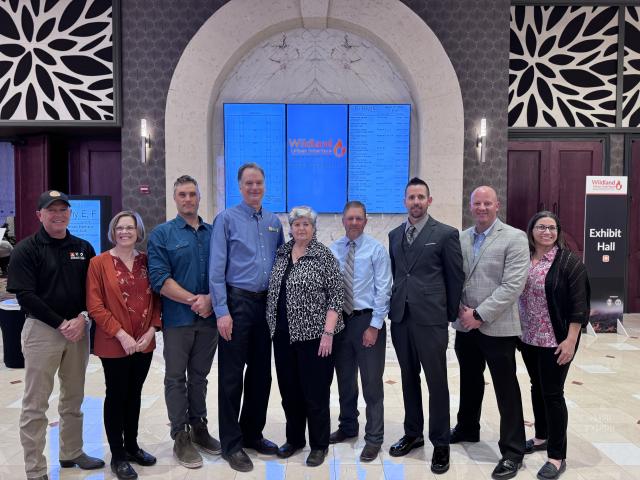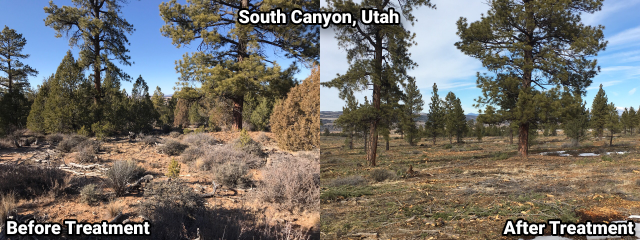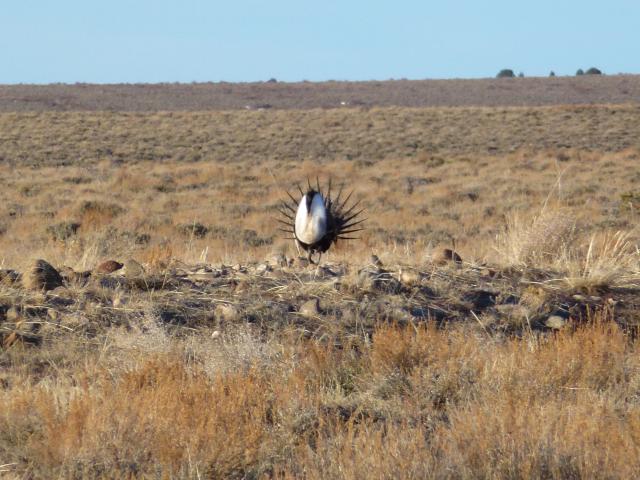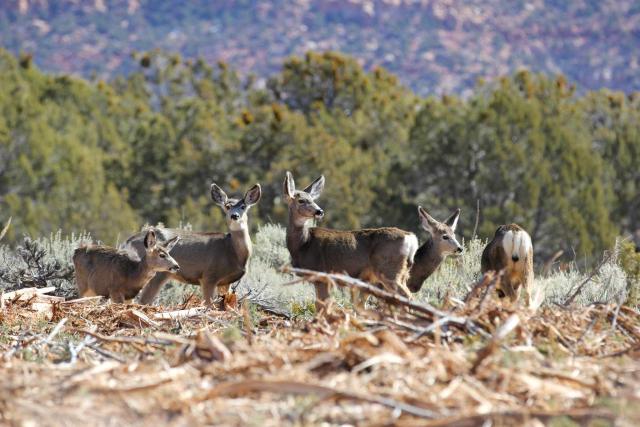Related Stories
- Rural wildland firefighting partners grateful for BLM gift
- BLM Fire Team brings Smokey Bear to Kingman’s Street of Lights
- BLM hosts fire investigation training course to strengthen wildland fire investigation capacity across Arizona and the West
- Helping Woodlands & Fighting Fire with the Dawson Project
- BLM delivers on administration priorities
Office
440 West 200 South, Ste. 500
Salt Lake City, UT 84101
United States
Phone:
Email:




